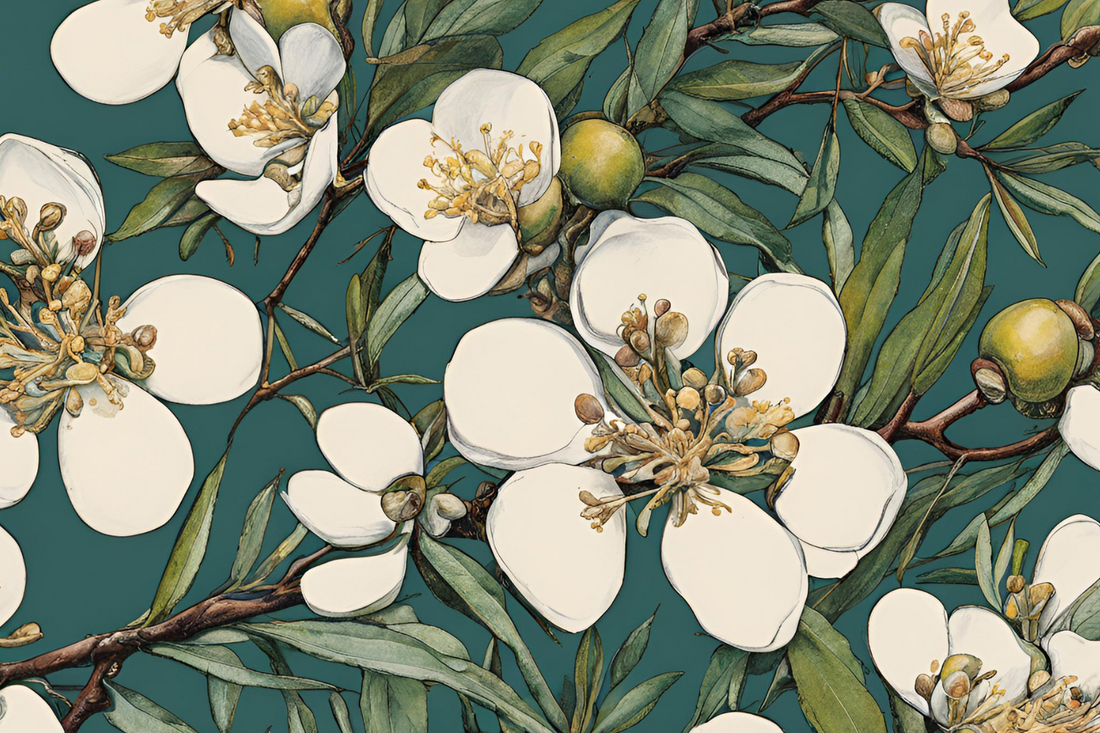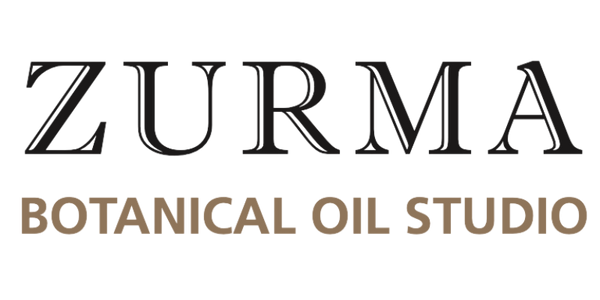
Understanding Mānuka Chemotypes and the Importance of Triketones
Share
Mānuka (Leptospermum scoparium) is a highly variable native shrub that grows throughout Aotearoa New Zealand. While best known for mānuka honey, the plant also produces a potent essential oil—one whose chemical composition changes significantly depending on where the plant grows. At the heart of this variability are β-triketones, a unique class of compounds with well-documented antimicrobial properties.
What Are Triketones and Why Do They Matter?
Triketones such as leptospermone, isoleptospermone, flavesone, and grandiflorone are powerful bioactive molecules found in mānuka essential oil. Their significance lies in their potent antibacterial effects—particularly against Gram-positive pathogens like Staphylococcus aureus, including methicillin-resistant strains (MRSA). These compounds disrupt bacterial cell membranes, leading to cell death, and can inhibit biofilm formation (Mathew et al., 2020). Because of this, a high triketone content is crucial for producing mānuka oil that is effective in treating infections, acne, oral pathogens, and antibiotic-resistant skin conditions (Mathew et al., 2020).
Geographic Distribution of Triketone-Rich Mānuka
Not all mānuka is created equal. A landmark survey of 261 plants from 87 sites across New Zealand found that the highest triketone levels—consistently over 20%—are concentrated in mānuka growing on the East Cape of the North Island. These plants form a distinct chemotype, and seasonal studies confirm that their triketone levels remain stable year-round (Douglas et al., 2004). This makes East Cape mānuka ideal for year-round harvesting and ensures consistently high-quality oil for medicinal use (Douglas et al., 2004).
A smaller region in the Marlborough Sounds (South Island) also produces mānuka with moderate triketone content (up to 20%), though these levels generally fall below the 20% benchmark that correlates with strong antimicrobial effects (Douglas et al., 2004). For context, Australian L. scoparium typically contains no triketones at all, further highlighting the unique medicinal potential of New Zealand’s East Cape populations (Douglas et al., 2004).
Why High Triketone Percentage Is Essential
Triketone concentration directly correlates with the efficacy of mānuka oil. Oils with low or negligible triketone content lack the same antimicrobial strength and therapeutic value. Research shows that mānuka oils rich in triketones outperform other essential oils—including tea tree, eucalyptus, and rosemary—when tested against key pathogens like Propionibacterium acnes, Listeria monocytogenes, and Staphylococcus epidermidis (Mathew et al., 2020). This makes high-triketone mānuka oil not only a valuable natural remedy, but also a potential adjunct or alternative to conventional antimicrobials in skincare and oral health (Mathew et al., 2020).
Our Mānuka Oil: Potent and Authentic
At Zurma Botanical Oil Studio, we source our mānuka essential oil directly from East Cape, where the triketone levels are naturally and consistently high. The oil is steam-distilled from wild harvested Leptospermum scoparium and contains elevated levels of leptospermone and its related triketones, making it exceptionally suited for antimicrobial, wound-healing, and anti-inflammatory applications. Whether used in skincare formulations, cleansing blends, or targeted aromatherapy, this oil offers therapeutic power that is difficult to match. You can explore our East Cape mānuka oil here: Zurma Mānuka Essential Oil.
Chemotypic Diversity Across Aotearoa
Beyond the East Cape chemotype, mānuka exhibits at least ten other chemotypes across the country—each defined by different levels of monoterpenes, sesquiterpenes, or aroma compounds like methyl cinnamate or geranyl acetate. These chemotypes are genetically controlled and not strongly influenced by season (Douglas et al., 2004). For example, Northland produces an α-pinene-rich type, while the Nelson region yields mānuka high in linalool and eudesmols. Although interesting for fragrance or ecological study, these other chemotypes lack the high triketone levels needed for robust antimicrobial action (Douglas et al., 2004).
Conclusion
High triketone content is not just a chemical curiosity—it’s the defining factor that determines whether mānuka oil has real therapeutic potential. Only plants from specific regions—primarily the East Cape—consistently deliver the triketone levels needed for effective antimicrobial performance. For formulators, practitioners, and consumers alike, this makes geographical sourcing essential. Zurma’s East Cape mānuka oil is a reliable choice for those seeking clinically relevant, naturally potent essential oils—crafted by nature, backed by research.
References
Douglas, M. H., Van Klink, J. W., Smallfield, B. M., Perry, N. B., Anderson, R. E., Johnstone, P., & Weavers, R. T. (2004). Essential oils from New Zealand manuka: Triketone and other chemotypes of Leptospermum scoparium. Phytochemistry, 65(9), 1255–1264. https://doi.org/10.1016/j.phytochem.2004.03.019
Mathew, C., Tesfaye, W., Rasmussen, P., Peterson, G. M., Bartholomaeus, A., Sharma, M., & Thomas, J. (2020). Mānuka Oil—A Review of Antimicrobial and Other Medicinal Properties. Pharmaceuticals, 13(11), 343. https://doi.org/10.3390/ph13110343
